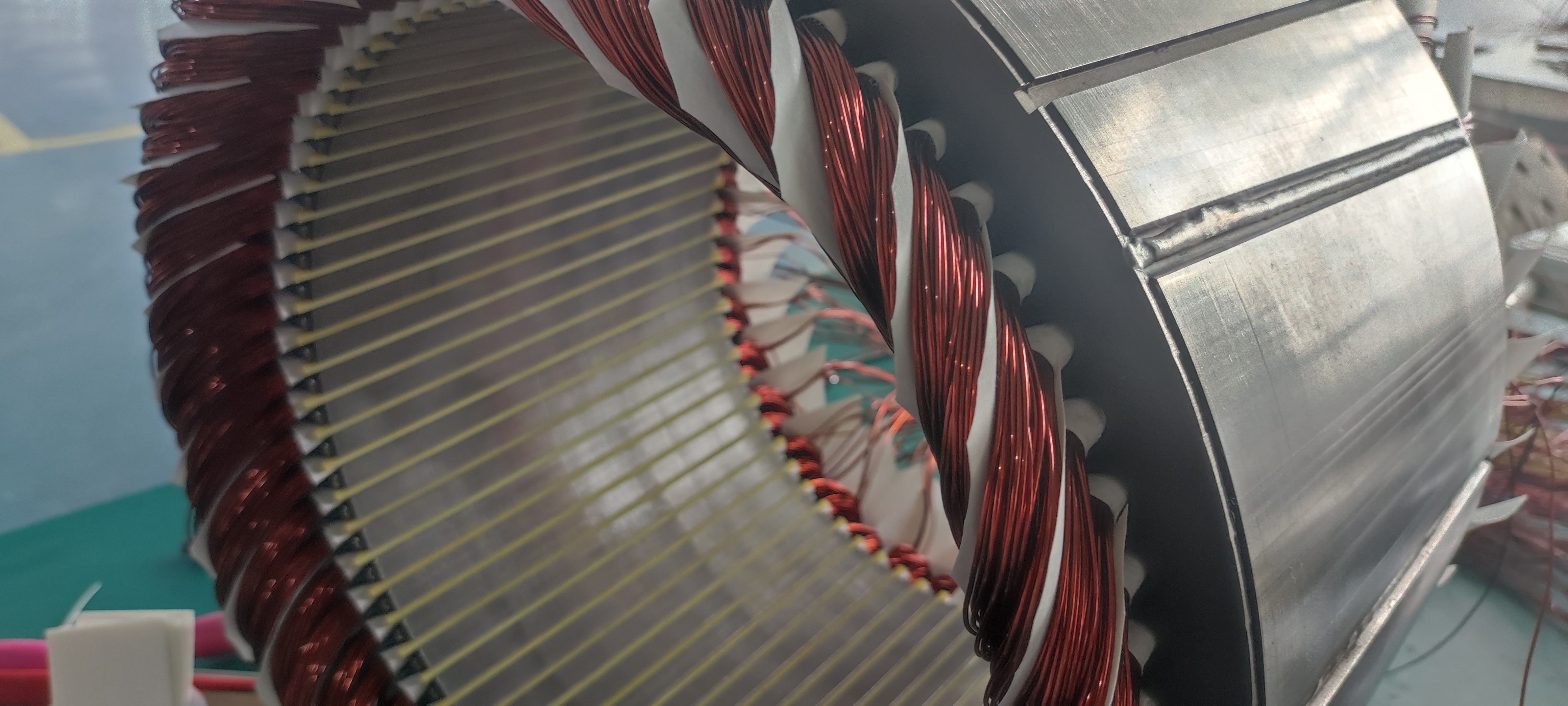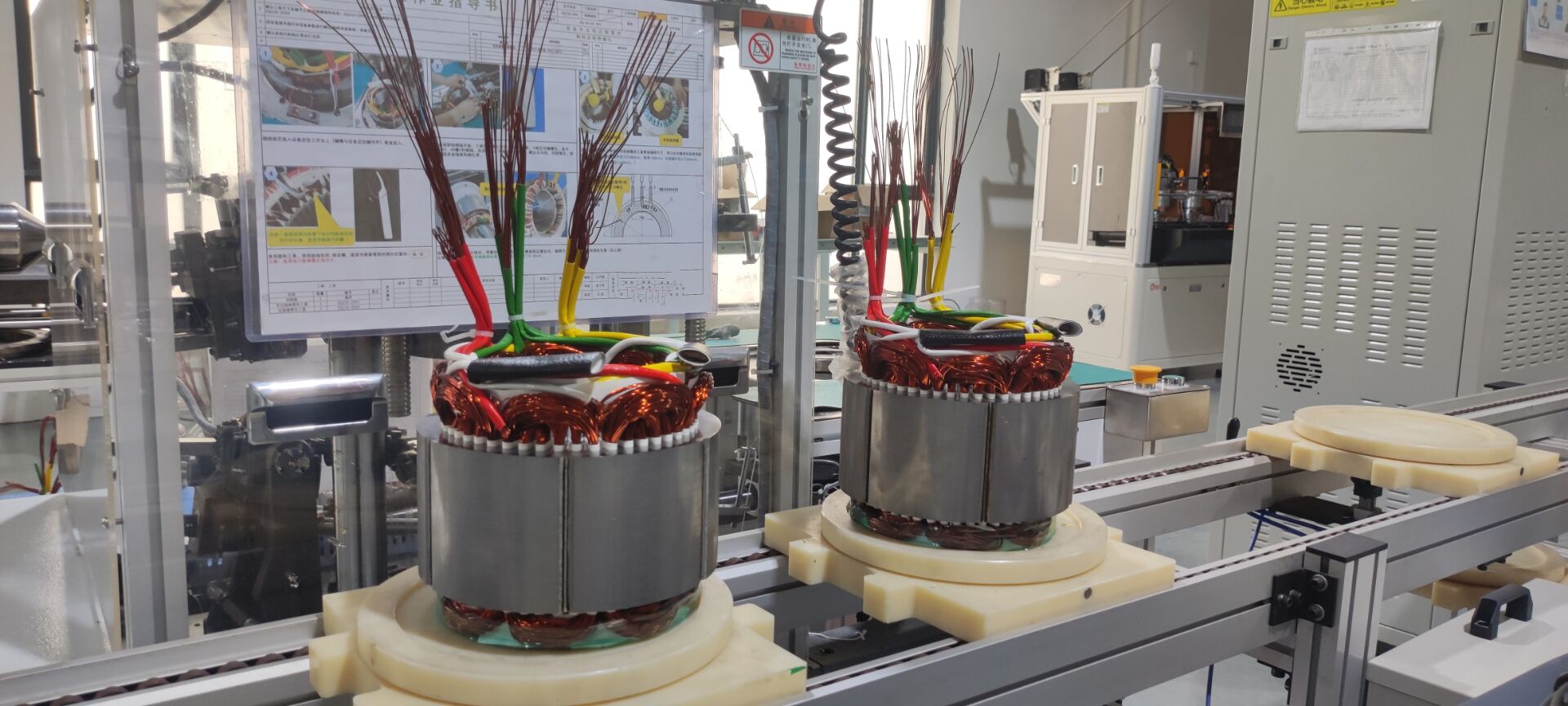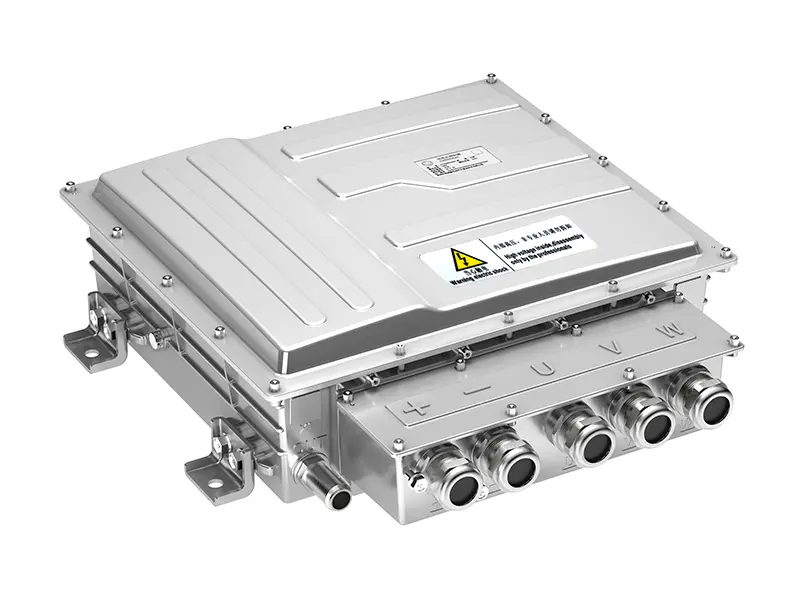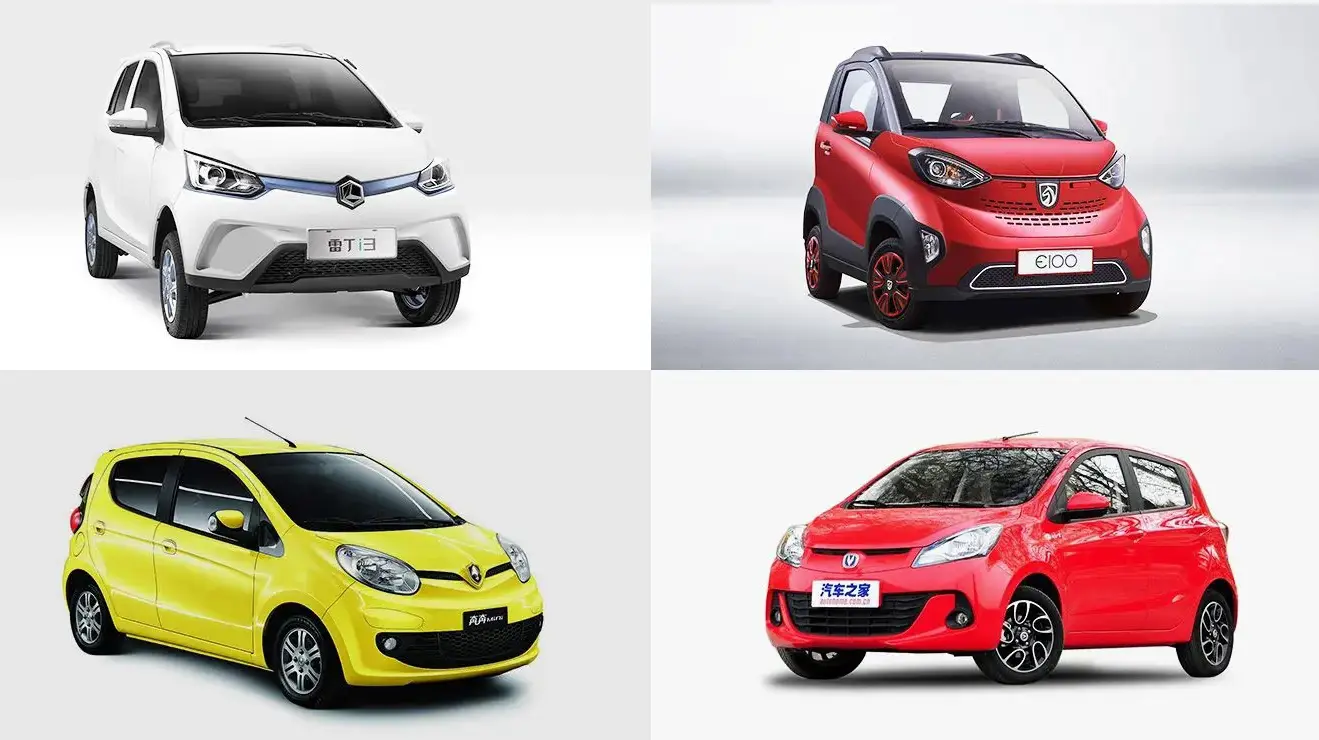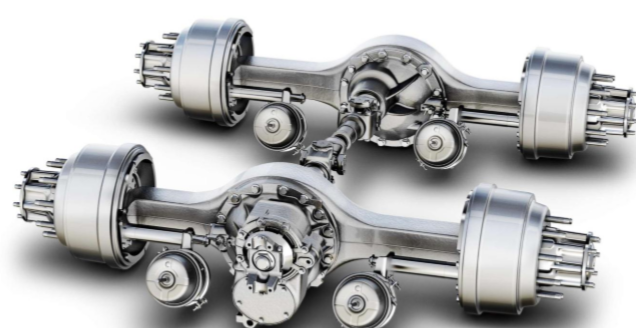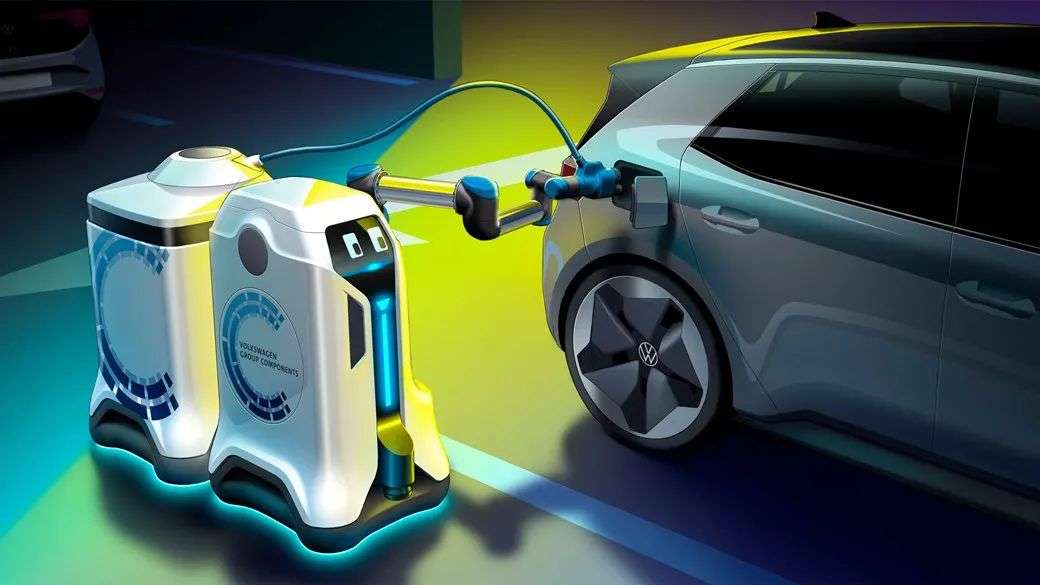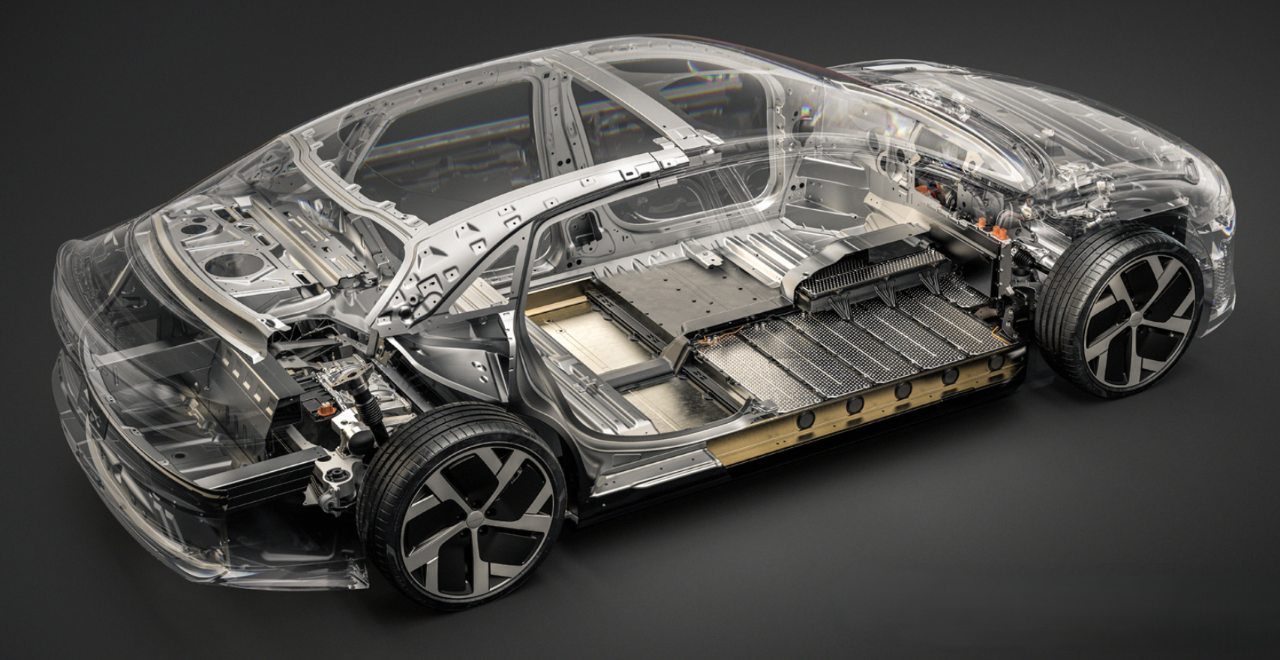Understanding Electric Vehicle Powertrain
As the automotive industry rapidly transitions towards electrification, understanding the electric vehicle (EV) powertrain is essential for both professionals and enthusiasts alike. The EV powertrain, a complex system of components working together, is fundamental to how electric vehicles operate, perform, and interact with the environment. This article delves into the intricacies of electric vehicle powertrains, highlighting their components, functionalities, and the crucial role of power electronics in electric vehicles.
What is an Electric Vehicle Powertrain?
At its core, the electric vehicle powertrain is the system responsible for converting electrical energy into mechanical energy to propel the vehicle. Unlike traditional internal combustion engines (ICE), which rely on complex mechanical components, the electric vehicle powertrain is composed of fewer parts, offering advantages in efficiency, maintenance, and environmental impact.
Key Components of an Electric Vehicle Powertrain
1.Electric Motor
The electric motor is the heart of the EV powertrain, converting electrical energy stored in the battery into mechanical energy. There are two primary types of electric motors used in EVs:
- AC Motors: Commonly used in most electric vehicles, AC motors are efficient and capable of high performance across various speeds.
- DC Motors: While less common in modern EVs, DC motors are simpler and can be found in some smaller electric vehicles and applications.
PUMBAA EV offers high-performance electric vehicle motors engineered for efficiency and reliability. Our electric car motors are crafted to provide optimal performance, making them suitable for various types of electric vehicles.

2.Battery Pack
The battery pack serves as the essential energy reservoir for electric vehicles (EVs), storing the electrical energy required to power the electric motor. This component is critical, as it directly influences the vehicle's operational capabilities, including range, performance, and charging efficiency.
Composition and Technology
Most electric vehicle battery packs are composed of lithium-ion (Li-ion) cells, which have become the dominant technology in the industry. Lithium-ion batteries are favored for several reasons:
- High Energy Density: Li-ion batteries can store a significant amount of energy relative to their weight and size, allowing for longer driving ranges without adding excessive bulk to the vehicle.
- Longevity: These batteries are designed to withstand numerous charge-discharge cycles, typically lasting for several years before experiencing a notable decline in performance. This longevity contributes to the overall cost-effectiveness of electric vehicles.
- Decreasing Costs: As technology advances and production scales increase, the cost of lithium-ion batteries has been steadily decreasing. This trend makes electric vehicles more affordable for consumers and encourages widespread adoption.
3.Power Electronics
Power electronics are crucial in managing the flow of electrical energy within the EV powertrain. They control the conversion of direct current (DC) from the battery to alternating current (AC) for the electric motor, and vice versa during regenerative braking. Key components of power electronics include:
Inverters:
Inverters are critical components in the power electronics system, responsible for converting direct current (DC) from the battery into alternating current (AC) required by the electric motor. The process involves several key functions:
- DC to AC Conversion: The inverter changes the DC voltage from the battery into AC voltage, which is necessary for the operation of most electric motors. This conversion enables the motor to produce the torque needed for propulsion.
- Variable Frequency Control: Inverters also control the frequency of the AC output, which directly affects the speed of the electric motor. By adjusting the frequency, the inverter allows for smooth acceleration and deceleration, providing a responsive driving experience.
- Bidirectional Operation: During regenerative braking, the inverter reverses its function, converting the AC energy generated by the motor back into DC to recharge the battery. This bidirectional capability is essential for optimizing energy recovery and improving overall efficiency.
Converters:
Converters are another crucial element of the power electronics system, serving to regulate voltage and current levels throughout the EV powertrain. Their functions include:
- DC-DC Converters: These converters manage the voltage levels between different components of the vehicle, such as stepping down the high voltage from the battery to a lower voltage suitable for auxiliary systems (e.g., lights, infotainment, and climate control). This regulation is vital for the safe and efficient operation of all electronic systems within the vehicle.
- Power Management: Converters ensure that the electrical energy is distributed effectively among various systems, optimizing the use of energy stored in the battery. This management enhances the vehicle's overall performance and longevity.
- Isolation and Safety: Converters also provide electrical isolation, enhancing the safety of the vehicle's electrical systems by protecting against faults and ensuring that different voltage levels do not interfere with each other.
Controllers:
Controllers are integral to the operation of the electric motor and the entire power electronics system. They manage various aspects of the vehicle's performance and include:
- Motor Control: Controllers use sophisticated algorithms to regulate the operation of the electric motor, including torque and speed management. This regulation ensures that the motor responds accurately to driver inputs, providing smooth acceleration and efficient performance.
- Real-Time Monitoring: Advanced controllers continuously monitor the vehicle’s operational parameters, including temperature, voltage, and current levels. This monitoring allows for real-time adjustments to optimize performance and ensure the system operates within safe limits.
- Driving Mode Selection: Many electric vehicles feature different driving modes (e.g., eco, sport, or normal) that alter the response characteristics of the powertrain. Controllers facilitate this by adjusting the settings for power delivery and regenerative braking, enabling drivers to tailor the driving experience to their preferences.
4.Transmission
Unlike traditional vehicles with multi-speed transmissions, many electric vehicles utilize a single-speed transmission. The electric motor provides a broad torque range, allowing for smooth acceleration without the need for gear changes. This simplicity reduces weight and mechanical complexity.
Single-Speed Transmission
The single-speed transmission in electric vehicles is engineered to streamline power delivery. It features a fixed gear ratio, which allows the electric motor to operate efficiently across a wide range of speeds. This system simplifies the drivetrain, as it eliminates the need for complex gear shifting mechanisms, which are essential in traditional vehicles to maintain optimal engine performance at varying speeds.
1. Broad Torque Range: Electric motors are known for their ability to produce maximum torque almost instantaneously, unlike ICEs that require revving to reach peak torque. This characteristic allows electric vehicles to accelerate smoothly and rapidly without the lag associated with gear changes. Drivers experience immediate responsiveness when pressing the accelerator, contributing to a more dynamic driving experience.
2. Simplicity and Reliability: The simplicity of a single-speed transmission reduces the number of moving parts compared to traditional multi-speed systems. This not only lessens mechanical complexity but also enhances the overall reliability of the drivetrain. With fewer components subject to wear and tear, maintenance requirements are generally lower, contributing to the long-term durability of electric vehicles.
3. Weight Reduction: By eliminating the need for a multi-speed gearbox, electric vehicles benefit from reduced weight. A lighter vehicle can improve efficiency and range, as less energy is required to propel the vehicle forward. This weight savings also contributes to better handling and maneuverability.
5.Regenerative Braking System
Regenerative braking is a pivotal technology in electric vehicles (EVs) that significantly enhances their efficiency and sustainability. Unlike conventional braking systems, which dissipate kinetic energy as heat, regenerative braking captures and repurposes that energy, contributing to the overall energy management of the vehicle.
How Regenerative Braking Works
The regenerative braking system operates by utilizing the electric motor in a reverse mode during braking events. Here’s a detailed breakdown of the process:
1. Kinetic Energy Conversion: When the driver applies the brakes, the electric motor switches from its propulsion role to that of a generator. Instead of drawing power from the battery to drive the wheels, it harnesses the kinetic energy generated by the vehicle’s movement. This energy conversion is a critical aspect of regenerative braking, as it allows the vehicle to recover energy that would otherwise be lost.
2. Energy Storage: The converted kinetic energy is transformed back into electrical energy and fed back into the battery pack. This replenishment of the battery extends the vehicle's range by allowing it to utilize energy that would typically be wasted during braking. The ability to recharge the battery in this manner is one of the most significant advantages of electric vehicles over their internal combustion engine counterparts.
3. Smooth Deceleration: Regenerative braking provides a smooth and gradual deceleration experience for the driver. Unlike traditional braking, which can sometimes result in abrupt stops, regenerative braking allows for a more controlled slowing down, enhancing driver comfort and vehicle stability.

How Electric Vehicle Powertrain Works
The electric vehicle powertrain operates through a series of steps:
- Energy Storage: The battery pack stores electrical energy from the grid during charging.
- Energy Conversion: When the driver accelerates, the power electronics convert the DC energy from the battery into AC energy for the electric motor via the inverter.
- Mechanical Propulsion: The electric motor generates torque, propelling the vehicle forward.
- Energy Recovery: During deceleration, the regenerative braking system captures kinetic energy, converting it back into electrical energy to recharge the battery.
This seamless integration of components results in a highly efficient and responsive driving experience.
The Role of Power Electronics in Electric Vehicles
Power electronics in electric vehicles play a pivotal role in enhancing performance, efficiency, and the overall functionality of the EV powertrain. Their primary functions include:
1. Energy Management
Power electronics are essential for efficient energy management within the electric vehicle powertrain. They monitor and control the flow of electrical energy, ensuring that the right amount of power is delivered to the electric motor under varying driving conditions. This capability optimizes energy usage, extending the vehicle's range and improving overall efficiency.
2. Performance Optimization
The responsiveness of an electric vehicle is significantly influenced by the power electronics that control the electric motor. Advanced algorithms and real-time monitoring enable precise adjustments to the motor's output, providing instant torque and smooth acceleration. This performance optimization is one of the key selling points of electric vehicles.
3. Thermal Management
Power electronics generate heat during operation, and effective thermal management is crucial for maintaining performance and longevity. Cooling systems are integrated into the power electronics to dissipate heat, ensuring that components operate within their optimal temperature ranges. This is particularly important in high-performance electric vehicles that may experience greater thermal stresses.
4. Reliability and Durability
The reliability of power electronics directly affects the overall durability of the electric vehicle powertrain. High-quality components and robust designs are essential for minimizing failure rates and ensuring long-term performance. Manufacturers are increasingly focusing on advanced materials and designs to enhance the reliability of power electronics.
5. Integration with Vehicle Systems
Modern electric vehicles are equipped with advanced driver-assistance systems (ADAS) and connectivity features. Power electronics play a critical role in integrating these systems, ensuring that they operate smoothly alongside the electric powertrain. This integration enables features such as regenerative braking, which enhances both efficiency and safety.
Power electronics in electric vehicles play a crucial role in managing the flow of electrical energy, ensuring optimal performance and efficiency during operation.

Future Trends in Electric Vehicle Powertrain Development
As the electric vehicle market continues to grow, several trends are emerging in electric vehicle powertrain development:
1. Increased Battery Efficiency
Advancements in battery technology, such as solid-state batteries and new chemistries, are expected to significantly improve energy density, charging speed, and overall efficiency. This will lead to longer ranges and faster charging times for electric vehicles.
2. Enhanced Power Electronics
Innovations in power electronics, such as silicon carbide (SiC) and gallium nitride (GaN) technologies, are paving the way for smaller, lighter, and more efficient components. These materials can handle higher voltages and temperatures, improving performance and reducing energy losses.
3. Vehicle-to-Grid (V2G) Technology
The concept of vehicle-to-grid technology allows electric vehicles to interact with the power grid. EVs can store energy and supply it back to the grid during peak demand periods, creating a more resilient energy system. Power electronics will be crucial in managing this bidirectional flow of energy.
4. Autonomous Electric Vehicles
As the development of autonomous driving technology progresses, electric vehicle powertrains will need to adapt to the demands of automated systems. Power electronics will play a key role in ensuring real-time responsiveness and coordination between the vehicle's powertrain and autonomous control systems.
5. Sustainable Manufacturing Practices
As the industry moves towards sustainability, manufacturers are focusing on environmentally friendly production methods for both batteries and power electronics. This includes the use of recycled materials, reduced waste, and energy-efficient manufacturing processes.
Conclusion
Understanding the electric vehicle powertrain is crucial for anyone interested in the future of transportation. With its unique components and innovative technologies, the electric vehicle powertrain offers a glimpse into a more sustainable and efficient automotive landscape. The integration of power electronics plays a vital role in enhancing the performance, reliability, and overall functionality of electric vehicles. As technology continues to evolve, we can expect even greater advancements in electric vehicle powertrain design and functionality, ultimately transforming the way we think about mobility.
This exploration of electric vehicle powertrains not only underscores their importance in the current automotive landscape but also highlights the exciting possibilities that lie ahead. Whether you're a professional in the field, a prospective EV owner, or simply an enthusiast, staying informed about these advancements will be key to navigating the future of electric mobility.









